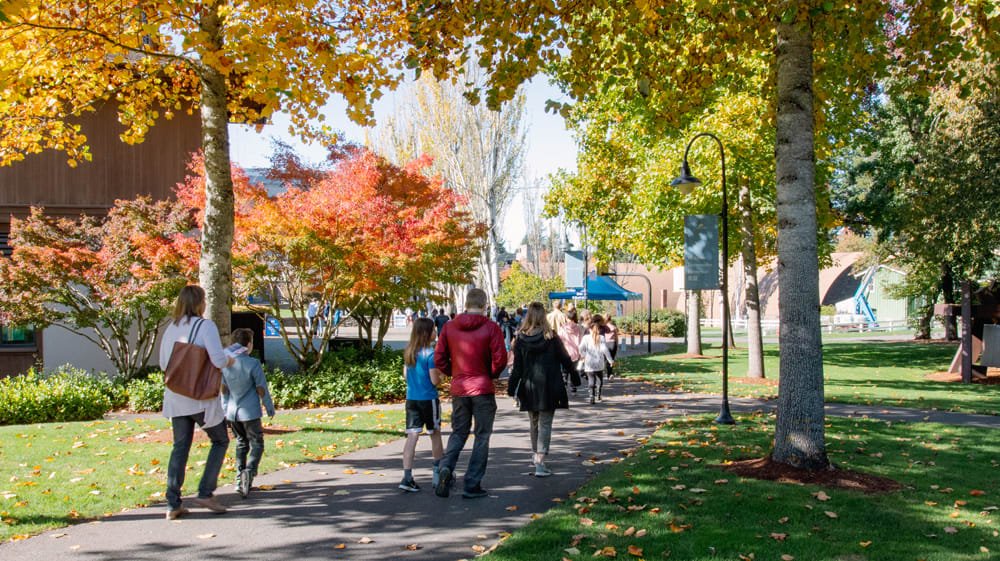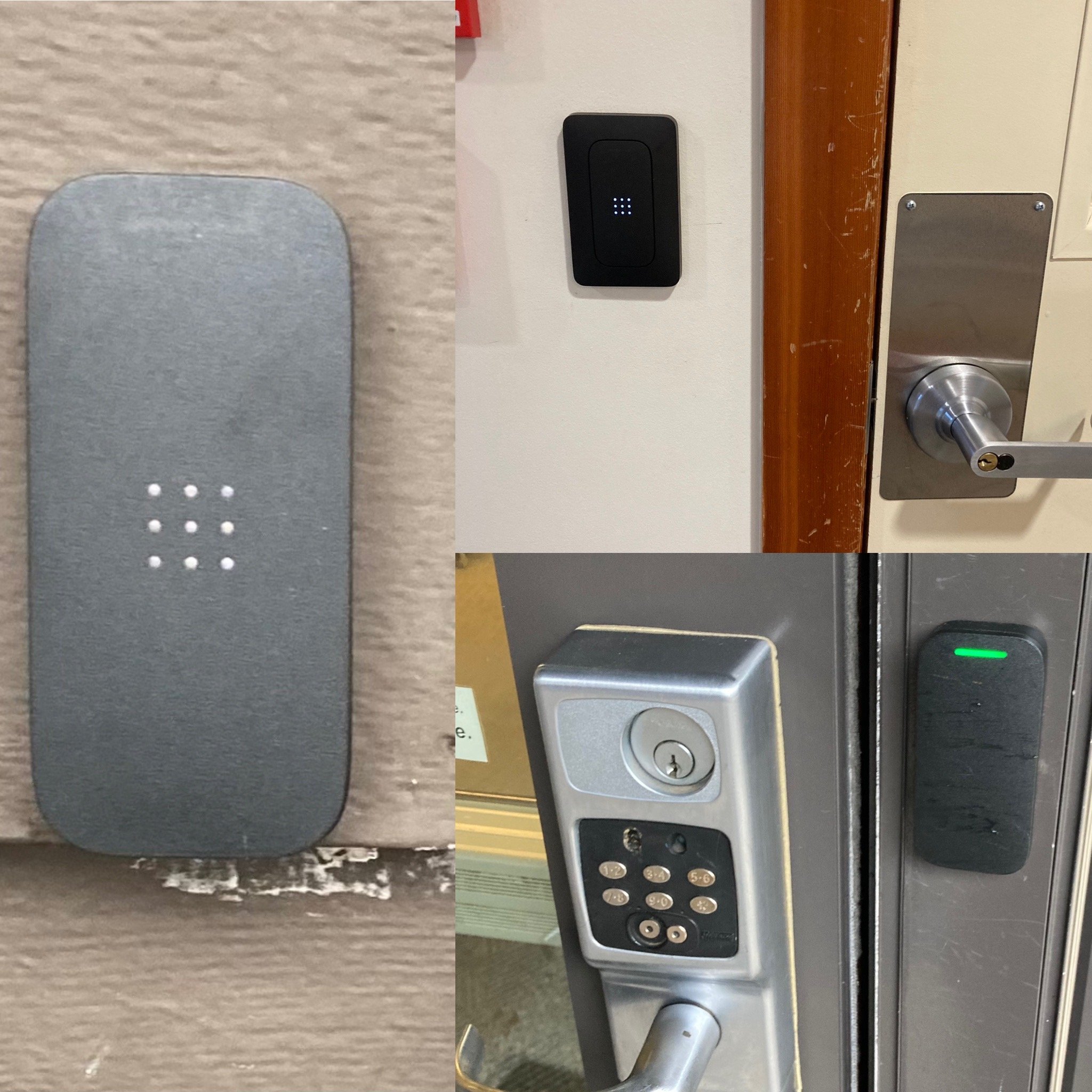Possible security key cards and lanyards for Catlin Gabel students
By Elise Kim ‘25
Students would receive a lanyard similar to the one above
Photo by Elise Kim ‘25
The Catlin Gabel School (CGS) has long been known for its peaceful and pastoral campus surrounded by the beauties of nature. According to the CGS main website, each of the 32 campus buildings go hand in hand with the CGS learning experience.
The website states that the administration encourages the appreciation and understanding of the outside world by “connecting students to nature with learning opportunities on campus.”
Catlin Gabel’s main entrance to campus courtesy of the Catlin Gabel main website
However, with the rise of school violence sweeping across the nation and the recent vandalism of the Barn freezer during the Fall break, CGS’ open campus may change.
“How can we as a campus, be prepared for those things, and yet still hold on to those Catlin values that everybody really feels deeply connected to?” asked Kama Bruce, CGS’ Assistant Head of School.
On September 22nd, the CGS administration held a Parent Faculty Association (PFA) general meeting where they gave updates on campus safety and discussed plans for potential new security measures.
Recently, the administration has been studying the different methods for creating secure buildings. One such system is that all buildings will be locked at all times and each student will use their ID badge for entry using Radio-Frequency IDentification (RFID) badge readers.
RFID badges around campus
Photo by Elise Kim ‘25
According to Bruce, the administration plans to implement this new security measure one building at a time starting with the Beehive Building at “a fully locked capacity.” To ensure this security system is being utilized and built correctly, the administration has been looking at “behavioral changes” of the students in the Beehive Building.
According to Bruce, the next building that would “come online and fully locked” if proved successful is the Beginning Lower School. It is unclear whether or not this security system will be implemented at the CGS Upper School.
Student reactions are mixed. When interviewed, some students expressed appreciation, some expressed concerns, while others were ambivalent.
The main concern was the potential loss of student freedom.
Owen Jones, a senior, argued that this new security system would take away the openness of campus from students as well as alumni. He stated that when he becomes an alumnus, he wants to be able to give his teachers a visit.
“But if I don’t have a keycard, that takes away that freedom,” said Jones. “And I think Catlin’s a welcoming community that isn’t just based around the students currently at Catlin.”
Other students thought it would be an inconvenience.
Senior Pia Patrikson stated, “I know people will forget their badges at home and then how do you get to class? Imagine you’re two minutes late to class and just can’t get in.” She added, “I’ll probably have stuff in my hands, so I’d have to put it all down, scan the badge, open the door.”
Senior Ayaan Sait, who went to Valley Catholic for middle school, stated that Valley used a security system using ID badges on lanyards to give students access to classrooms.
According to Sait, these lanyards were often a distraction. Students “would use them to throw them at each other in classrooms.”
Some students didn’t feel strongly about the new security measure, stating it would simply be a regular daily occurrence that wouldn’t affect their school lives. “It[campus] feels pretty safe already,” said senior Andrew Xu. “I wouldn’t really notice the difference.”
However, some students viewed this potential security measure as convenient as many students have not only had problems getting into buildings but also accessing their personal belongings.
“I’ve had a few times where, after sports, my bag will get locked in places and I have to either break into the building or find a facilities person,” said Patrikson.
Students also stated they would find benefits mostly because of recent threats to school safety nationwide.
“I think that the idea of school shootings have just become an everyday topic,” said junior Sofia Rada. “I have met a lot of people who have had first-hand experiences and so I do think it’s important that Catlin does their part.”
“It’s gonna give students a lot more security because they know that only the students can get in and out of classrooms,” said ninth grader, Daby Huang. Huang also stated that having doors locked at all times would facilitate school lockdowns and lockouts during emergencies.
Rada finally stated, “While it may not make a huge difference, or it might be a little bit of an annoyance, I think that’s worth anything that it could possibly prevent.”
The administration is dedicated to ensuring student safety on all 67 acres of campus while also maintaining CGS’ philosophy of independence and experiential learning.
“Now the question is: do we move towards locking all buildings at all times and give students the ability to go in and out of buildings, or do we keep some doors open to further that feeling of independence and education journey that we all love here?” asked Sharon Keizer, CGS’ Chief Finance and Operations Officer during the September 22nd PFA meeting.
Despite this challenge, the administration’s approach to campus security remains community-oriented. Bruce emphasized the importance of “intentional relationship building” when it comes to safety at Catlin.
“The more we’re together as adults, families, faculty, staff, students, the more we’re together and the more we know each other, the more we’re able to identify risks that are on campus and make the right decisions to keep everyone safe,” said Bruce.



